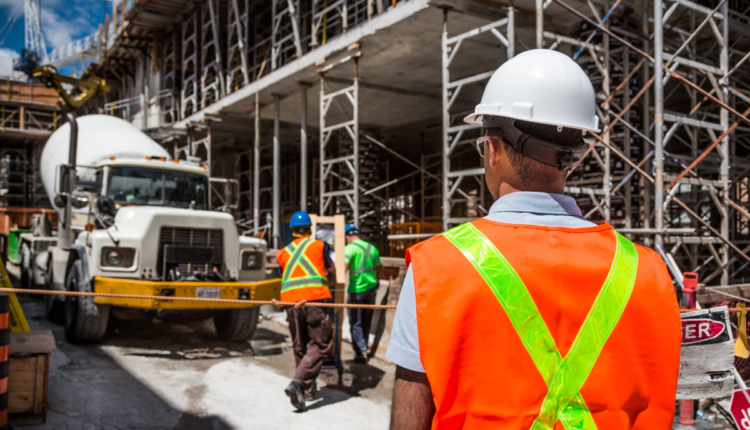Canada : In a surprising turn of events, recent data from Statistics Canada has shed light on a concerning trend in Construction Jobs: Canada’s construction industry is haemorrhaging jobs at an alarming rate, despite its ongoing efforts to meet immigration goals. While the nation has been welcoming a steady influx of skilled tradespeople, the construction sector experienced a staggering loss of 45,000 jobs in July alone, marking a 2.8 percent drop from the previous month. This continuous decline, with June already witnessing a 0.8% decrease compared to July, paints a troubling picture of the sector’s employment landscape.
This downward spiral in construction jobs is emerging as a formidable challenge, surpassing other major industries in terms of job losses. The predicament is exacerbated by an imminent wave of retirements poised to hit the construction sector, further exacerbating the labour shortage crisis in Construction Jobs. This alarming trend, however, doesn’t stand in isolation; Canada is grappling with a monumental housing shortage, an issue that affects millions of citizens and threatens housing affordability in the coming decade.
The Canada Mortgage and Housing Corp. (CMHC) has projected that a staggering 3.5 million additional homes must be constructed by 2030 to effectively address the housing crisis. The nation’s current trajectory, however, falls short of this goal, with new home construction numbers dwindling from slightly over 271,000 in 2021 to a meager 260,000 in 2022.
Immigration Minister Marc Miller has emphatically stated that the housing crisis cannot be resolved without the injection of new immigrants into Canada. Despite the mounting pressure, Miller remains committed to sustaining the nation’s historic immigration targets. He even envisions a future where these targets might be expanded to tackle the escalating housing predicament.
Miller, in a recent tweet, highlighted the significance of immigration in resolving this housing crisis, stating, “With provinces like Ontario needing 100,000 workers to meet their housing demands, it is clear that immigration will play a strong role in creating more homes for Canadians.” A substantial portion of Canada’s new immigrants, approximately 60 percent, are economic migrants, many of whom possess the elusive skills required to address the construction industry’s pressing needs.
Addressing Canada’s labour shortages in Construction Jobs has emerged as a top priority for Miller’s office. Initiatives like the Express Entry system and the comprehensive Immigration Levels Plan, which predominantly consists of economic migrants, are poised to be instrumental in alleviating the ongoing labour scarcity. Bahoz Dara Aziz, press secretary to the immigration minister, remarked, “This is especially true when it comes to the housing sector.”
Remarkably, Canada’s construction industry currently grapples with a staggering 80,000 job vacancies, contributing to heightened building costs and a reduction in overall productivity, as noted by CIBC deputy chief economist Benjamin Tal.
Canada & Federal Government
Just last week, the federal government introduced a category-based selection stream to attract newcomers with skilled trade experience. This stream, designed under the purview of Immigration, Refugees and Citizenship Canada (IRCC), invites eligible candidates from the Express Entry pool based on specific categories that align with identified economic goals.
The criteria for extending these invitations encompass factors such as language proficiency, occupation-specific work experience, and education. This innovation serves as a testament to Canada’s commitment to harnessing skilled trade expertise to mitigate the construction sector’s labour shortages in Construction Jobs.
Earlier this year, Canada took a significant step forward by doubling the number of out-of-status construction workers in the Greater Toronto Area (GTA) who were granted permanent residence through a temporary immigration pathway. Former Immigration Minister Sean Fraser hailed this pilot program as a pivotal measure in addressing critical labour shortages in the GTA’s construction industry. Fraser emphasized the program’s dual benefit of providing stability to the construction sector while simultaneously elevating workers from the underground economy.
Also Read : Canada : On Track to Break Immigration Records with Unprecedented Numbers in 2023

